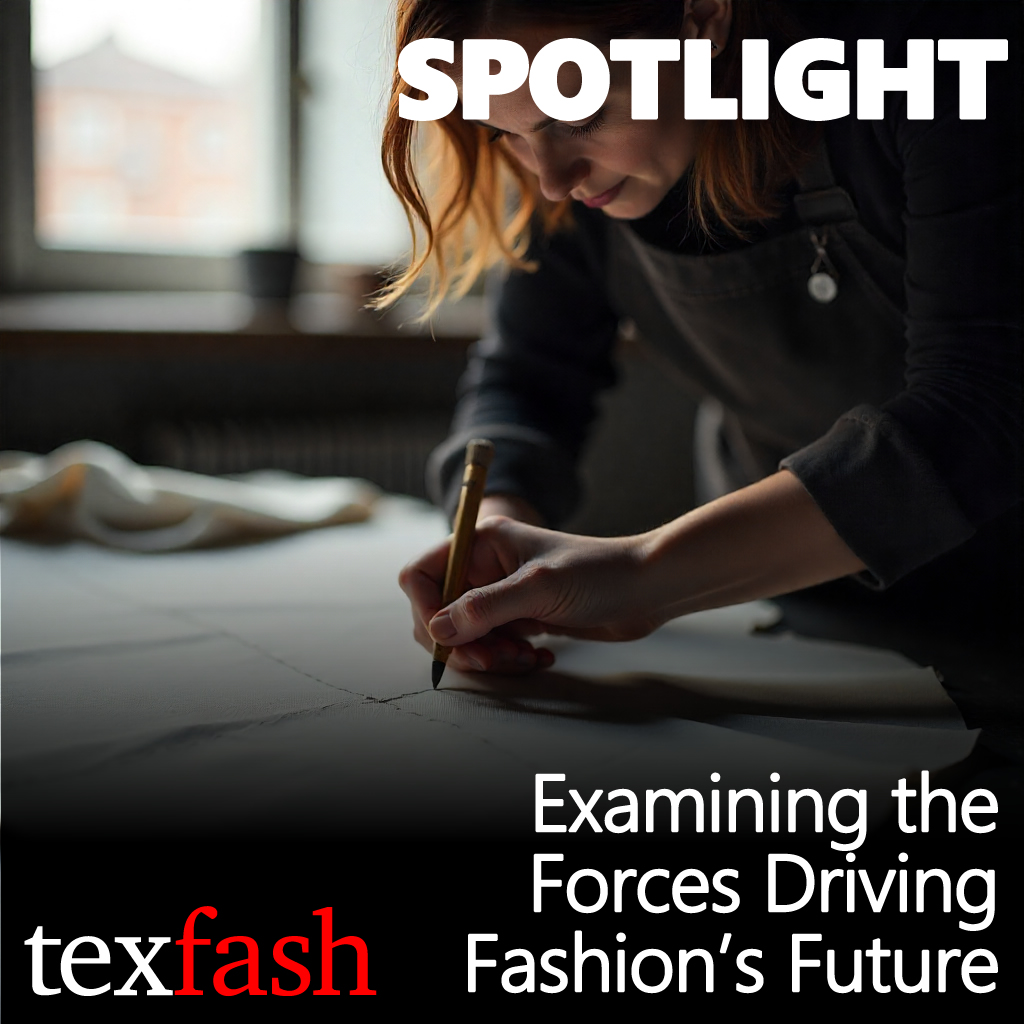The ocean floor harbours a ticking environmental time bomb. The seas that generate over half the oxygen we breathe and support 1.3 billion livelihoods through fishing now face catastrophic contamination. Every minute, a container-load of plastic waste enters our waters, and 94% of it eventually sinks, fragmenting into microplastics that infiltrate marine ecosystems and, ultimately, human bodies. It's a crisis that demands more than beach clean-ups and awareness campaigns—it requires systemic intervention before the damage becomes irreversible.
In 2016, two textile industrial spinners decided to build that intervention. They founded Seaqual Initiative, not as another environmental charity but as a fully integrated industrial solution to ocean plastic. The premise was bold: create a vertical operation that could collect marine waste, transform it into premium materials, and build a commercial ecosystem that made ocean regeneration profitable. It was, in essence, an attempt to align environmental urgency with economic incentive.
What emerged was something far more comprehensive than a recycling programme. François Devy, CEO of Seaqual, bristles at reductive descriptions of the initiative as simply a marine waste buyer. The reality, he insists, is "much more ambitious and complete than that." The conviction driving Seaqual's creation was stark: the world faced "a large, unknown issue with plastics coming to the ocean and degrading into microplastics on the bottom of the same ocean." The mission that crystallised from this realisation was equally clear: "to remove as much plastic as possible from the oceans, before it degrades into microplastics."
The architecture rests on three pillars. First, strategically positioned collection points that support local communities economically. Second, the transformation engine powered by shareholder-owned factories that bring industrial expertise to convert degraded marine waste into premium textile materials. Third, a licensed community of manufacturers and brands bound by the Seaqual Licence—a framework that creates a platform for consumer education and brand accountability.
It's an ecosystem conceived with deliberate purpose. Devy describes it as "a complete ecosystem set-up with a big purpose and unique process (from waste to yarn to final garments)." The vision extends beyond environmental remediation to awareness-raising, using partner brands to illuminate the microplastics crisis for end consumers who might otherwise remain oblivious to the scale of ocean contamination. To formalise this educational and community dimension, Seaqual Foundation operates as the initiative's non-profit arm, focusing on corporate engagement, beach cleanups, and awareness programmes.
Since launch, Seaqual has collected over 1,000 tonnes of marine litter—a milestone representing not just volume but proof of concept. The initiative is now expanding operations to accelerate collection rates and establish new recovery points globally.




























